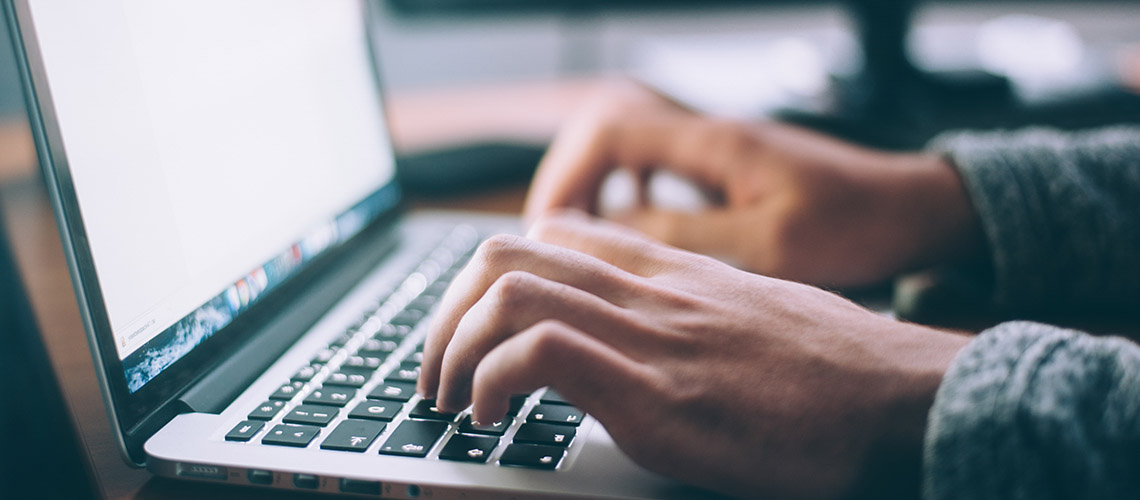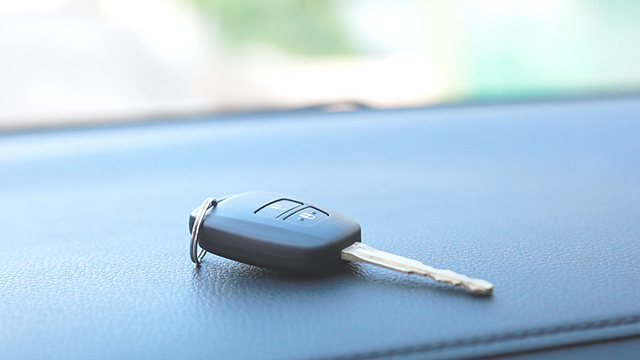There is no magic formula for juggling remote working with children at home. It is hard, and a lot of what you do depends on the time, energy and resources you have available to you. We hope to give you some handy tools to help you ride the COVID-19 wave with your children.
Let’s start at the very beginning
It is natural that you want to keep informed about Coronavirus and government restrictions, so you know how it affects you and your family. What you watch, listen to, talk about, and stress about – your kids are experiencing too. Start by asking children what they know about Coronavirus and answering any questions they might have (as best as you can).
Tools to help talk to children about Coronavirus in age-appropriate ways:
- This video by Emerging Minds explains how to talk with children about disasters and traumatic events.
- Read a storybook called ‘What is Coronavirus?’ by Christine Borst that helps to explain the virus in a way that children will understand, or you can even listen to her reading it.
- For preschool and lower primary school-aged children, play them this special episode of Play School that explains why it is important to wash our hands and why we are social distancing.
- Seek guidance from the experts at Reach Out on how to talk to your teenagers about Covid-19.
What happens when talking about Coronavirus stirs up emotions?
- It can be daunting to know how best to support your children’s mental health, alongside your own. Black Dog Institute has some clear and helpful suggestions for parents, along with recommendations on who to contact for additional support. Remember, it’s always okay to ask for help.
- Big Life Journal is a fantastic resource for teaching your children to be resilient through a growth mindset. They have resources for purchase, but many of their activities are FREE, including this Stay-at-home Kit with printable activities for kids, teens, and links to mindfulness activities, and much more.
- When we are feeling stressed, children and adults alike may have trouble regulating their emotions. It’s tough, empathise with your kids when they lose control and reassure them without judgement. Dr Daniel Siegel explains what happens when we ‘flip our lid’ using a hand model of the brain.
School work
It is likely that your child’s school will set more than enough work for your child to complete.
Schools want to ensure your child keeps learning and they may provide you with log-ins to quality paid-programs for education.
In primary schools, these could include; Reading Eggs, Mathletics, Prodigy (maths game), Epic (collection of books), Tynker and Scratch (coding apps), and many more. High schools may have timetabled classes running via a school LMS or Google Classroom, or projects for students to work on at their own pace. There is no ‘best way’ and schools are working hard to make home-learning manageable for students, parents and teachers.
Extra learning resources
Some extra learning resources if your child needs extra, especially in literacy and numeracy:
- Scholastic has free resources for learning at home, catering for pre-school students up to year 9. It includes live readings by authors, and ideas for at-home arts and craft.
- Audible is offering free streaming of children’s audio books while schools remain closed. Use Chrome to open this.
- Storyline Online has readings of storybooks by well-known actors, such as Rose Byrne.
- From Tuesday 14th April ABC TV Education is launching an expanded schedule of education content to support students, teachers and parents with home based learning.
- Cool Maths Games contains lots of games for years 1 to 8 to consolidate learning.
Have structure but allow for flexibility
The best way to support your child’s learning is to set realistic expectations and be flexible in your routine to adjust for their mood and energy levels.
In saying that, routines feel safe and predictable, so having some structure to your day could help keep everyone in the family calm – including you (whether it’s a ‘school day’ or during school holidays).
- Create a daily schedule as a family. Print out an online daily calendar template, or keep it simple; use a whiteboard, coloured cardboard or a blank sheet of A4 paper. The trick is to do it together, so everyone has a say, or take turns in picking ‘free time’ activities, make it fun! Red Tricycle have some free templates ready for download.
- Quirky Kid Psychology Clinic shares a useful and easy to follow guide for surviving working from home during Covid-19. From managing your working day and setting priorities, to dealing with conflict and emotions in the household.
- UNICEF has tips for parents for getting structured, along with a range of issues, including; one on one time, keeping it positive, behaviour, managing stress, as well as talking about Covid-19.
Keeping connected is so important during this time of social isolation.
Stay connected
- Some schools are using Zoom video conferencing for teaching and learning. Did you know that you can sign up for free and send meeting links to your family and friends? Make sure to set the privacy settings first.
- Utilise tools for connection already known to you, such as Skype, WhatsApp and video calling on your smart phone, to connect children with their friends and family.
- Don’t forget to connect with each other. Have lunch at the same time, or cook dinner together. Watch a movie, play a board game, or start reading a book together as a family.
- Making birthdays special will be a challenge, visit What’s on for Kids for fun ways to celebrate while in isolation.
Physical activity
- Finally, carving out some time for physical activity in the day will help fight cabin fever.
- Take a walk as a family, play a game of sport in the backyard, or do some online fitness classes (just make sure they’re suitable for kids).
- Some excellent kids exercise options are Cosmic Kids Yoga, Go Noodle and Just Dance. Just search for them on YouTube.
School holidays
During school holidays, you might like to try some of these cool activities:
- Newy with Kids has put together a list of virtual tours, zoo cams and museums around Australia to check out.
- Google Search has a cool feature, where you can search for an animal and then choose to view it in your own home via augmented reality. All you need to do is search via Google on your device, and the option to ‘View in 3D’ comes up! Google Earth is another good one for endless fun checking out the farthest corners of the Globe, you can even take guided tours to learn about new places and people.
- Australian artists such as Pete Cromer are offering free printables of their artwork to colour in and create art with your children, along with activities to do with them.
Remember, we are all doing our best to juggle work commitments with our responsibilities to our family.
We are doing our best to guide our children with their learning, or choosing to give them freedom to work at it themselves. We are doing our best to simply be there to give each other a hug, but also know when to give each other space. And sometimes we cannot do our best, and that’s okay too.
We hope this guide supports you in some way, we are all in this together.
By Venera Owens - Senior Manager, Education, the NRMA






